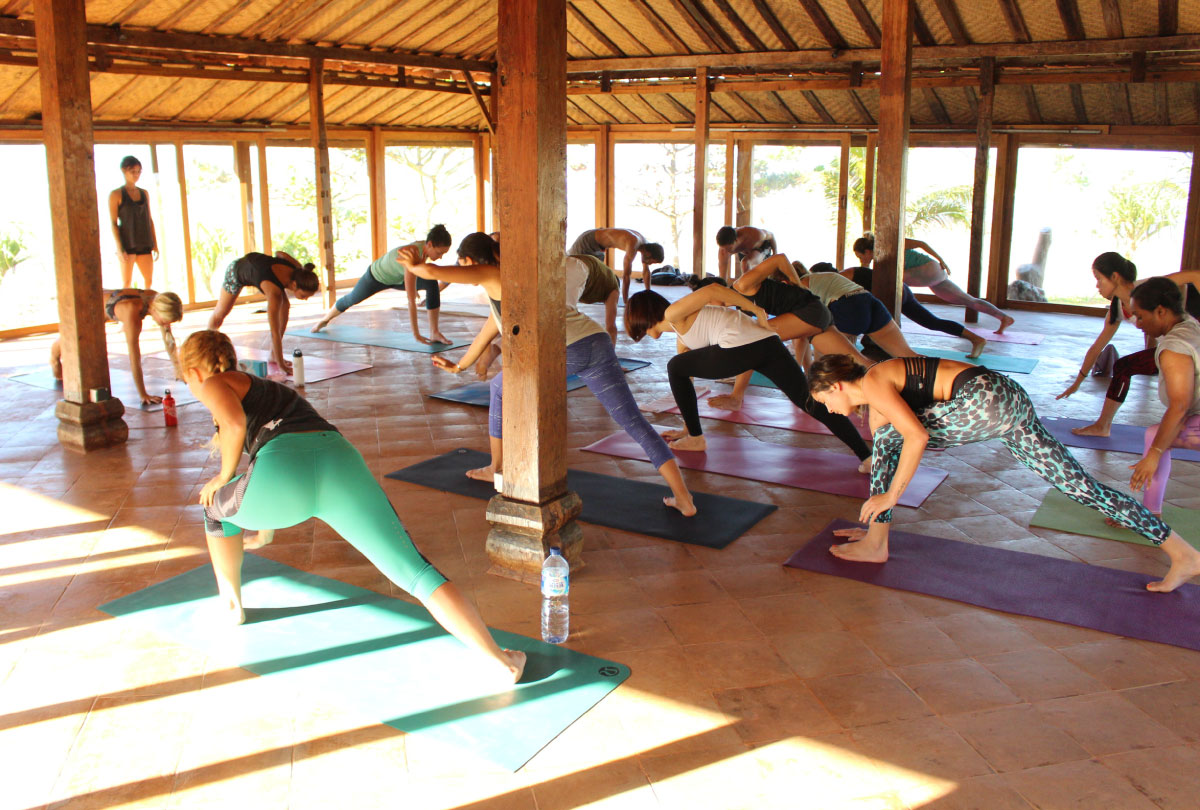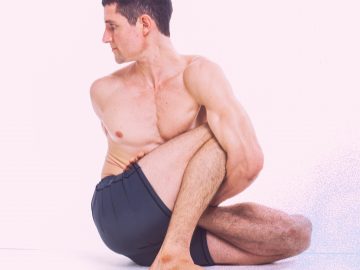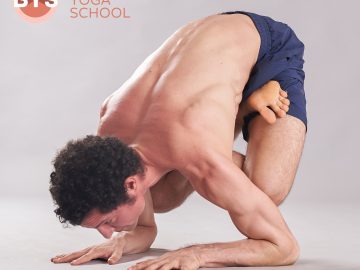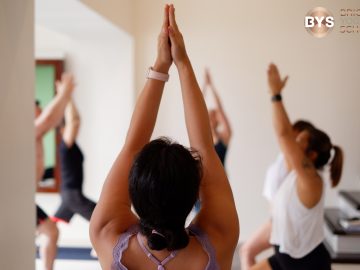This is a very important that all practitioners must ask themselves – on and off the mat. The importance of this question lies in the fact that there are so many different styles of yoga practices, philosophies, and traditions available to us nowadays, all of them offerering the same promises: a healthier body, a calmer, more peaceful state of mind, an overall improvement of quality of life, and so on.
To be able to recognize the many benefits that yoga practice can offer, you must first choose the yoga style that is suitable to you – your age, your body’s capabilities and limitations, your lifestyle, and perhaps even your personality. There are so many options available to us now, and it is only a matter of choosing a practice that not only your body and mind benefit from, but also a practice that you enjoy. Once you have found the style of yoga that suits you best, then commitment to the practice is necessary if you really want to harvest the fruits of your yoga practice.
After you find the right yoga style for you, the next step is to find the right teacher, which could be very challenging. An important thing to keep in mind is to look for a teacher who also practices – one who practices what he/she teaches. This is essential because the way a teacher guides you through your practice will depend how he/she understands the practice himself/herself. Understanding the practice can only be realized through direct experience, and this experience can only be attained through regular practice.
If you’ve found both the right practice and the right teacher for you, congratulations. Now let’s discuss how you will be able to discern if your practice is leading you in the right direction.
Most likely, the first thing you will observe as you continue practicing is an improvement in your body and health. Yoga asanas develops a progressive increase in your level of flexibility, which helps the flow of blood, oxygen, and energy flow through your body with less restrictions. This, in turn, aids the practitioner to have a faster healing process, release of tension, and eventually, development of more body awareness. In order to move into the different postures in the yoga practice, practitioners must access different muscle groups by increasing their own level of awareness and connection with their own bodies. This increased awareness helps the practitioner recognize his/her own immeasurable capacities and, at the same time, gain an understanding of how to work in a gentle, progressive way through his/her own limitations.
Now, the most important, yet difficult part to comprehend in order to recognize if your practice is guiding you towards the right directions lies in your yoga practice’s mental and emotional well-being. A consistent yoga practice will provide you with a healthy body, which, in turn, yields to a healthy state of mind. A better/clearer state of mind allows you to perceive reality as it is, and not according to your own ideas and past experiences. The only way to achieve this state of mind is by paying attention to your mind’s activities whenever you are practicing.
After you have mastered awareness in your physical body, your awareness will eventually penetrate into more subtle aspects of your practice, allowing you to start learning and understanding how your mind works. The mind can be understood by watching or observing it as often as possible – not only during the practice, but also in daily life. The mental side of yoga can be the most difficult aspect of the practice, and this is the reason why it is immensely essential that the teacher/s you choose to guide you have their own committed self practice.
These days, many misunderstand the practice, thinking that it is merely a physical exercise, and tend to overlook the mindful aspect of it. Not paying attention to the mind can lead to feelings of anger, desire, and delusion, which are gates to negative conditions that can only be prevented if we pay attention to our mind, and if your teacher has a correct understanding about the true nature of the mind. Not only is it important to revceive guidance from your yoga teacher; it is just as significant to find guidance fom your inner teacher, which is your self awareness.
Anger, desire, and delusion are three negative emotions that every single human being has, but some people are able to cope with or handle these more than others. The mindful practice to reduce these negative emotions is to observe them, acknowledge them, and then let them go. People who do not practice this may suffer even further from many other negative conditions such as violence, attachment, and greed to name a few.
So how can you tell if your teacher is truly observing his/her mind when he/she practices? If your teacher commits him/herself to the practice in a correct manner, he/she should have vital qualities that every yoga teacher and human being must have: love, kindness, and compassion. You can eventually cultivate these three qualities by observing your mind and acknowledging both the negative and positive conditions it has. One you have acquired love, kindness, and compassion, you can then share these with others.
Most of the yoga techniques offered all around the world can be truly life-changing; however, if you practice under the perception with the wrong teacher, you will get the wrong result. Always keep in mind that ever single experience – “good” or “bad” – is full of knowledge, if only you allow yourself to observe them, accept them, and let them go. So, keep practicing, constantly try to observe your self and your mind, always be present, and just surrender to the moment.



